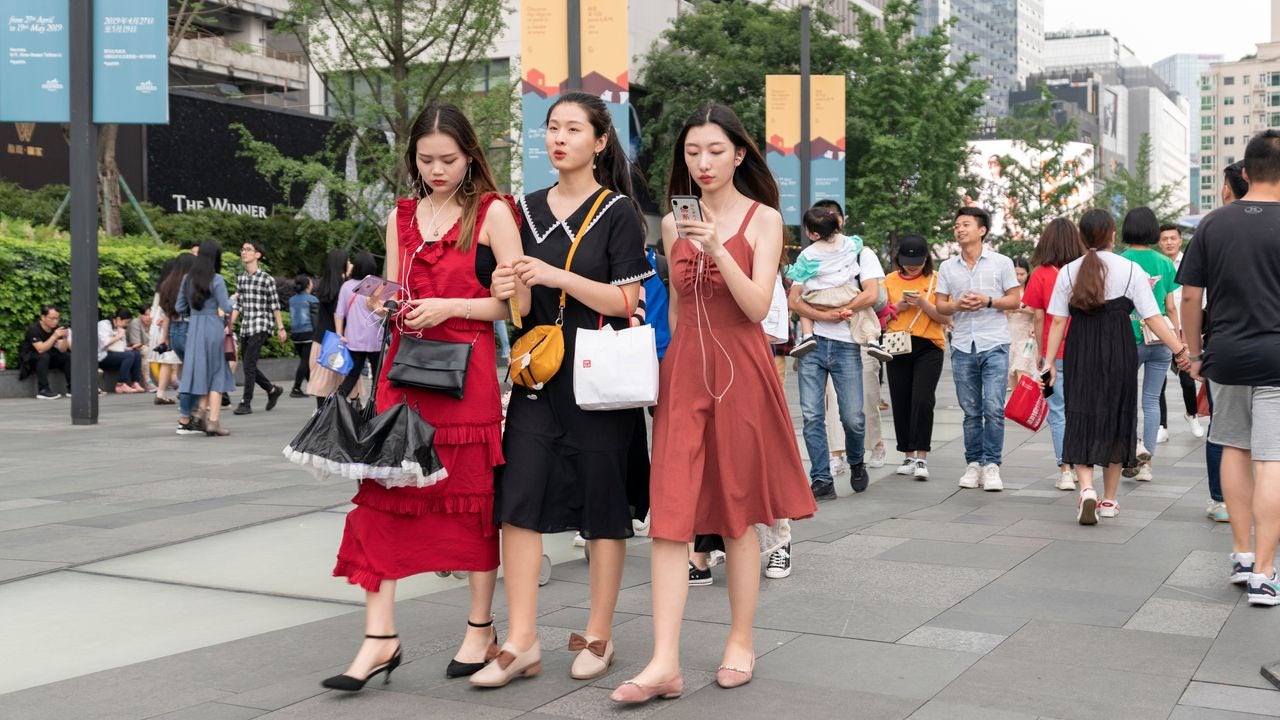Key Takeaways:#
Personal finance accounted for 32 percent of retail sales in China in 2019, compared to only 15 percent in 2014.
Brands have recognized that consumer credit can help increase traffic, conversions, and loyalty.
Luxury is generally not associated with consumers using credit, so there is a risk that credit offerings could devalue a brand's perceived value in many consumers' eyes.
China’s luxury market continues to deliver positive returns and outperform market analyst expectations. At the lower end of the luxury spectrum, Apple revenues for Greater China in Q3 2021 increased by 58.2 percent over the same period in 2020, rising to 14.76 billion. At the upper end of luxury, China remains the largest single market for Porsche, with 48,654 vehicles delivered during the first half-year of 2021 — an increase of 23 percent over the previous year. Rising incomes, dynamic lifestyle aspirations, and high consumer confidence have certainly helped this market phenomenon. Furthermore, there is an emerging factor that has not previously appeared on the radar: consumer credit.
According to Fitch Ratings, personal finance accounted for 32 percent of retail sales in China in 2019, compared to only 15 percent in 2014. Luxury may represent a small share, but this rapid pace of growth reveals a significant shift in consumer sentiment — a commitment to not being left behind. For example, this phenomenon is evident in the luxury automobile sector, with Porsche reporting that the volume of financial services contracts reached 40,832 in 2020, an increase of 22 percent in just one year.
Changing attitudes and behavior towards credit are most pronounced among younger cohorts. McKinsey cites iiMedia data that post-1990s consumers accounted for one-third of China’s consumer credit. And a McKinsey survey reported that 53 percent of Chinese Gen-Z respondents agreed with the statement, “I buy what I want and need, even if it means I have to do it on credit.” This sense of spontaneity, impulsiveness, and privilege has driven consumption, including in categories such as apparel and beauty.
Undeniably, it has never been easier for consumers to use credit financing to purchase items, including luxury. Digital technologies have eased the consumer's ability can access credit. Fitch Ratings estimated that online consumer loans account for half of the overall consumer loans in China today. For example, the automobile sector is at an advanced stage of development, as more than 60 percent of BMW customers now submit applications and sign contracts via its eFinance app. New convenience and speed for loan approvals and releases are lowering purchase barriers. J.D. Power reported that, in 2021, 58 percent and 51 percent (notably) of automobile loans were approved and released, respectively, within one hour.
Brands have recognized that consumer credit can help increase traffic, conversions, and loyalty. Apple, for example, became one of the most proactive brands by offering interest-free financing and monthly payment options. Consumers can now purchase the latest iPhone they may otherwise not have been able to afford. As in many Western markets, the growing popularity of Buy Now Pay Later (BNPL) payment methods, such as Huabei (Alipay), Baito (JD.com), and Fen Fu (WeChat), are being used to finance luxury purchases. For example, Cartier provides a payment option to use Huabei when you check out because it is integrated into the Alipay payment app.
The bottom line is that Chinese consumers, most notably younger consumers, now use greater financial flexibility to fulfill their immediate consumption desires and aspirations. As such, there is a viable business case for luxury brands to provide flexible payment solutions. The purchase of a designer bag or a luxury watch becomes widely more affordable. Many of these consumers will be buying luxury for the first time. It is also likely that consumers will get enticed to spend even more on luxury purchases; a US survey found that nearly half of its surveyed consumers report spending up to 40 percent more with a Buy Now Pay Later plan.
Yet, executives should also consider potential limitations. Firstly, luxury is generally not associated with consumers using credit. There is a risk that such offerings could devalue a brand's perceived value in many consumers' eyes by inferring that luxury has been made available to people who otherwise do not have the financial means to afford such items. Secondly, responsible and strict lending must be enacted to avoid a possible backlash. In fact, Chinese authorities have already implemented a series of regulations to ensure greater transparency and curb risks. Further regulations are expected to be forthcoming.
It is, nevertheless, apparent that consumer credit will continue to play an increasing role in the luxury domain, both online and in-store. And there seems to be no slowing down in this change in payment options. Gen Z is growing up with easier access to credit, aided by new technologies and digital databases. To the younger generations, it is not a big deal nor a surprise that Huabei Fenqi enables aspiring consumers to pay in installments without interest.
Luxury brands in China that fail to offer BNPL could be missing out on this evolving phenomenon. Data from a US survey found that 42 percent of Gen-Z and 69 percent of millennial shoppers are more likely to purchase items if a BNPL service is offered. Luxury brands need to accept that credit in China is an opportunity to be developed rather than a risk to be ignored. China's easy access to credit should continue to drive growth, and luxury brands need to take the initiative of providing mechanisms that open the doors to aspirational luxury consumers.
Special thanks to Songxin Xue.
Glyn Atwal is an associate professor at Burgundy School of Business (France). He is co-author of Luxury Brands in China and India (Palgrave Macmillan).


